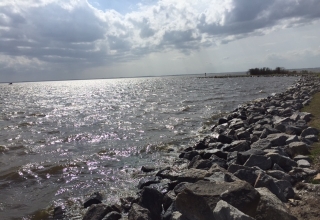
- Respond within 24 hours, even if you don’t have the answer. A simple, “Thanks for your email. Please give me a few days to get the information you want,” lets the sender know that, yes, you received the email and you are working on a solution. If you are out of the office a lot, use your email’s out-of-office assistant or automated response to inform people that you are away from your computer for an extended period of time. Remember to state in your out-of-office message when you will be returning, so they have an understanding of when they should expect a reply.
- Include introductions and closures. If you are close with a coworker or client, a simple and informal “Got it!” response might be adequate. For a more formal interaction, it is more appropriate to start your communication with a “Good Morning, Mrs. Smith” and end it with a “Sincerely, Joe.” Unless you and the coworker/client are at a point where one or two sentence email exchanges are acceptable, being a little more formal in electronic communications is a sign of respect to the person with whom you are communicating.
- Keep the length of the email or DM response reasonable. My colleague, Dan Brown, a former principal and school superintendent has the mantra, “Email is for information, not communication.” He believes that if what you want to relay is really important or lengthy, then a phone call, video chat or face-to-face discussion is the better avenue for that discussion to take place. An example email or DM response to a request for a lengthy reply could be, “Thank you for reaching out. Is there a time we could schedule a call to discuss this topic? The information is quite complicated and I want to make sure what I provide you meets your needs.” For documentation, you could follow up with a post-call summary email or DM stating, “Thank you for the call today. Here is a brief summary of what we discussed…”














